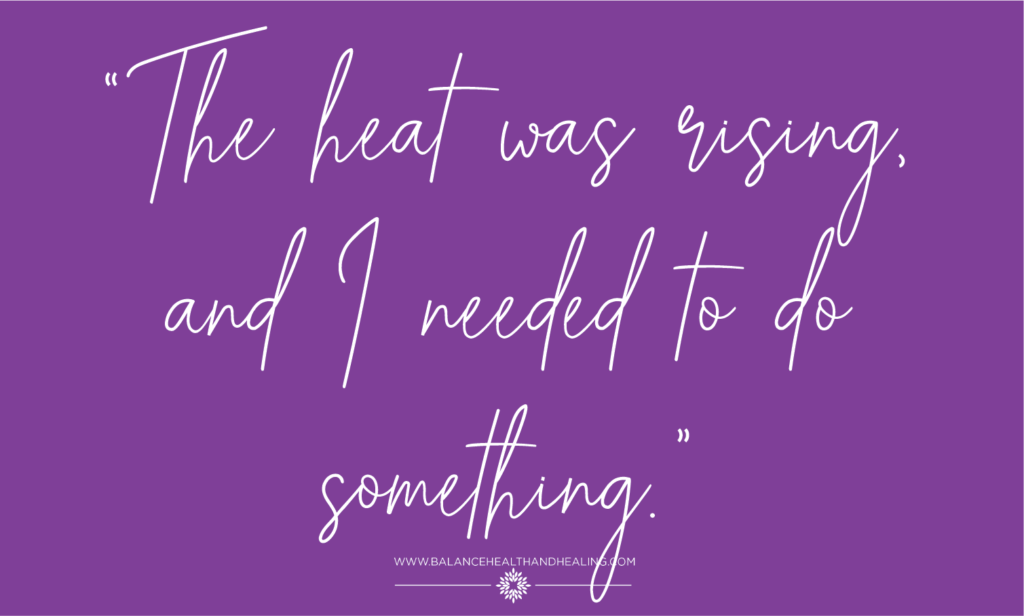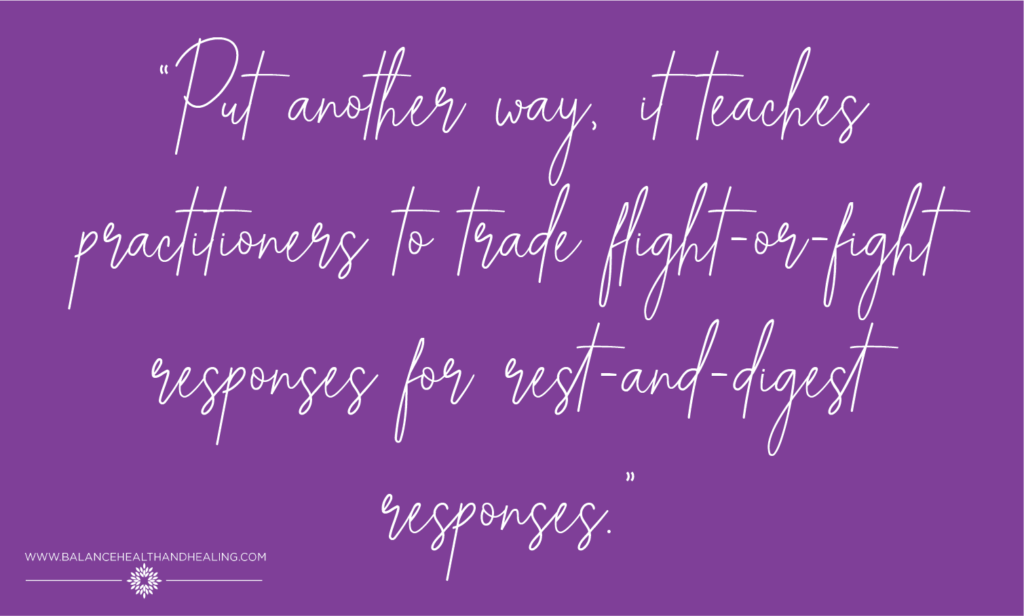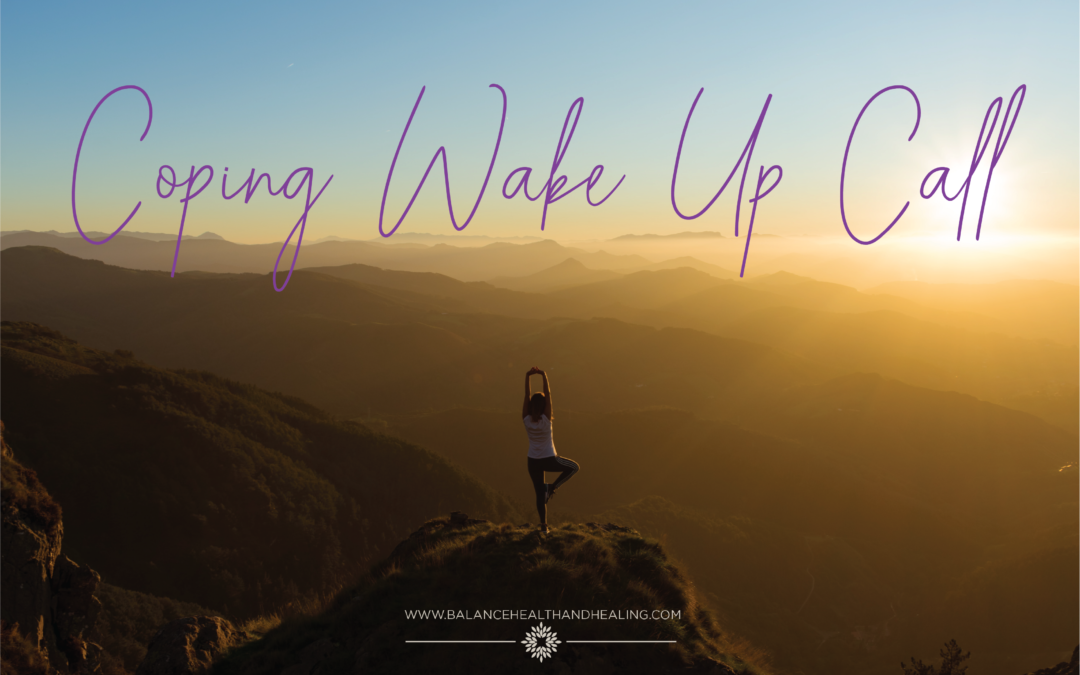I recently had a little bit of a coping wake up call.
I’m sure many of you can relate-the unique stress of this year has dialed up the heat slowly but steadily. Are you familiar with the frog in the pot analogy? A frog, if plopped in a pot of boiling water, would jump out quickly, realizing in it’s froggy brain- “hey! A pot of boiling water doesn’t feel good!” But, if you place a frog in a pot of lukewarm water over a flame that will heat the water slowly but steadily to the point of boiling, the frog won’t notice the subtle temperature differences over time and ends up getting boiled.
 Being somewhat smarter than your average frog, I realized a few weeks ago that my pot of water was getting really hot. All of my tried and true coping- taking “me” time, talking things out with loved ones, listening to a headspace exercise- just weren’t fully cutting it. The heat was rising, and I needed to do something.
Being somewhat smarter than your average frog, I realized a few weeks ago that my pot of water was getting really hot. All of my tried and true coping- taking “me” time, talking things out with loved ones, listening to a headspace exercise- just weren’t fully cutting it. The heat was rising, and I needed to do something.
I decided to try some yoga. With a good friend, I signed up for a two-week trial at our local yoga studio and committed to attending some classes together. I’ve always been somewhat resistant to the idea of “movement-as-coping”, I think because I see myself as generally unathletic and uncoordinated. (One of my mom’s favorite stories to tell about me is the time young Jenny was playing hide and seek around Christmas. I wanted to hide my clumsy self behind the Christmas tree, and my mom told me, “No way, young lady, you can’t walk and chew gum at the same time!” — to which I responded, “I’ll spit out my gum!”)
Needless to say, yoga- in a public setting- was a pretty big step outside of my comfort zone.
Going into this experiment, I was already familiar with some of the benefits of yoga practice on mental health- yoga has been shown to reduce stress hormone cortisol levels in participants, decreasing overall distress levels and even decreasing anxiety and depression.
In my first class, I was immediately struck by how the focus on breathwork is very similar to the breathing exercises I share with clients in order to decrease stress and anxiety. In addition, some of the classes I attended had a larger focus on meditation, and one of the meditations on working on our self-limiting beliefs (while practicing a challenging yoga pose, no less!) felt really powerful.
Pretty soon, my nerdy clinician brain was turning to the research to see what exactly I was experiencing.
I stumbled upon a study from Harvard Health that explored how yoga practice can help a person move operations from the sympathetic nervous system to the parasympathetic nervous system. Put another way, it teaches practitioners to trade flight-or-fight responses for rest-and-digest responses. By accessing your breath, what we sometimes look at as the “remote control” for your brain, you can slow down your very primal reaction to stress.
parasympathetic nervous system. Put another way, it teaches practitioners to trade flight-or-fight responses for rest-and-digest responses. By accessing your breath, what we sometimes look at as the “remote control” for your brain, you can slow down your very primal reaction to stress.
Another study, published in YogaJournal, examined how yoga practice helps you build your sense of self. “Through yoga, you get to know yourself and cultivate a more nonjudgemental relationship with yourself. You are building self-trust…your unconscious mind tells you, “I’m worthy of this me time, this effort.” At the end of the day, everything comes down to your relationship with yourself. When you get more confident and become more rooted in your sense of self and your center, you develop a healthy, balanced ego, where you have nothing to prove and nothing to hide. You become courageous, with high willpower. You’re not afraid of difficult conversations- you know you’re still going to be ok at the end of the day.”
I showed up to yoga that first morning with some trepidation and tried my best to fit in. Two weeks later, I’m nowhere near a yoga master, but I just committed to a year of classes. I guess you can say it’s getting pretty serious, me and yoga. I’m just mindful to spit out my gum before walking into the studio.
Namaste.
Sources:
https://www.health.harvard.edu/mind-and-mood/yoga-for-anxiety-and-depression

